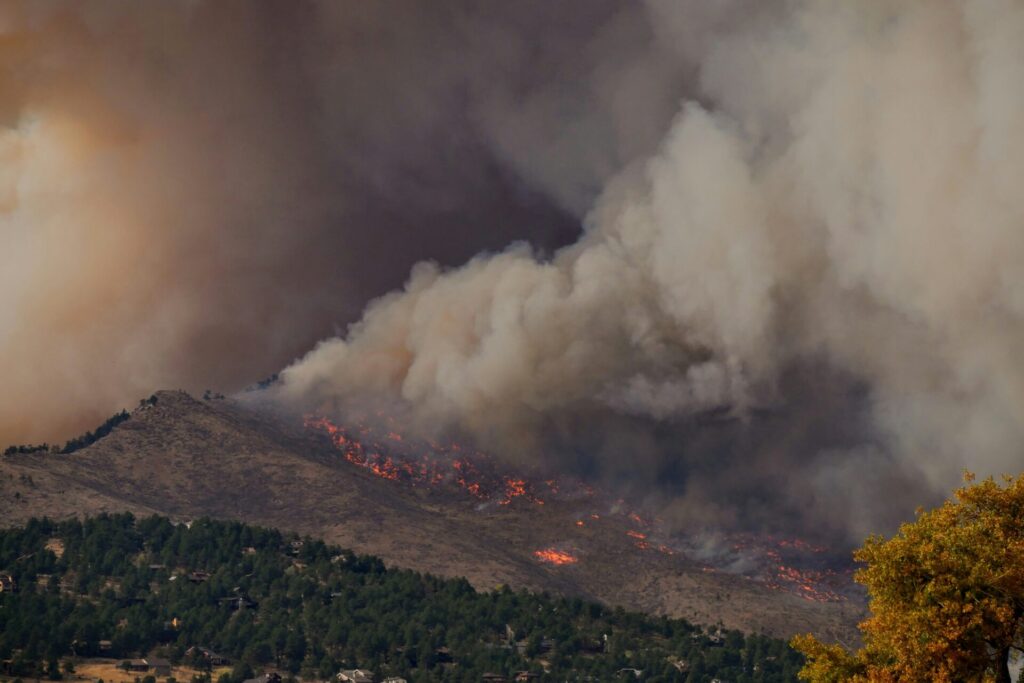As the climate crisis deepens, the demand for precise, reliable and real-time environmental data is skyrocketing. From increasingly unpredictable weather patterns to more frequent extreme weather events, climate change is dramatically reshaping how industries, governments, and researchers monitor atmospheric conditions. At the forefront of this transformation are advanced weather sensors — essential tools that are rapidly evolving to meet new and complex challenges.

Rising Demand Driven by Extreme Weather Events
The increasing frequency and severity of extreme weather events such as hurricanes, floods, heatwaves and wildfires are clear signals of a changing climate. To prepare for and mitigate the risks associated with these events, accurate and timely data is crucial. Advanced sensors, including visibility sensors, lightning detection systems and precipitation monitors, play a vital role in delivering actionable insights that enable early warning systems, disaster management and infrastructure resilience planning.
Enhancing Climate Research and Modeling
Climate scientists rely heavily on high-resolution data to build accurate climate models and make informed predictions about future trends. Modern sensors, with their ability to collect granular data over longer periods and in diverse environments, are invaluable in this effort. Enhanced atmospheric measurements, such as precise cloud heights, particulate matter concentrations and surface temperature variations, are key to refining both local and global climate models.
Supporting Smart Infrastructure and Urban Planning
As urban populations grow and weather patterns become more erratic, cities are increasingly turning to smart infrastructure solutions. Advanced weather sensors integrated into smart city frameworks provide real-time data that informs urban planning decisions – from optimising traffic flow during adverse weather to improving air quality monitoring. This capability helps build more resilient, sustainable and livable urban environments.
Ensuring Safety in Key Industries
Sectors like aviation, maritime, energy and agriculture are particularly vulnerable to weather variability. For instance, airports rely on accurate visibility and wind data to ensure safe take-offs and landings, while offshore wind farms depend on precise meteorological information for efficient operation and maintenance. As climate risks intensify, these industries are investing more heavily in sophisticated sensing technologies to protect assets, ensure safety and maintain operational continuity.
The Future: Smarter, More Connected Sensors
The next frontier in weather sensing lies in greater connectivity and integration. With advances in IoT (Internet of Things), machine learning and data analytics, future sensors will not only gather data but also analyse and communicate insights faster and more efficiently. This evolution will empower stakeholders across sectors to make data-driven decisions in real time, further enhancing resilience to climate-driven challenges.
Climate change is not just a scientific phenomenon – it is a catalyst accelerating innovation in weather monitoring technologies. As the need for accurate environmental data grows, advanced weather sensors are set to become indispensable in safeguarding communities, supporting industries, and advancing our understanding of the planet’s complex and changing systems.
At Senseca UK, we are committed to developing the cutting-edge sensing solutions that this new era demands.
Image by Malachi Brooks on Unsplash